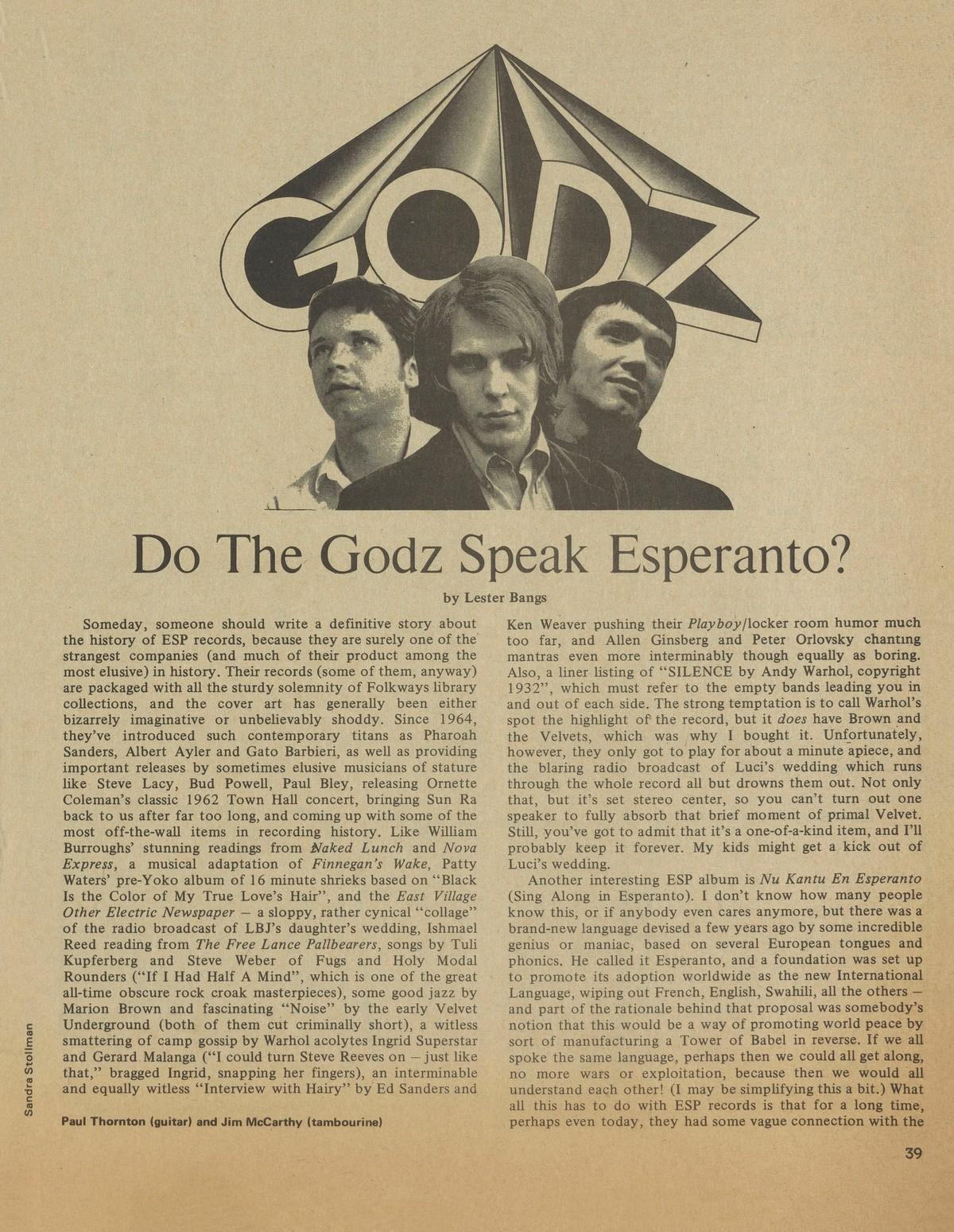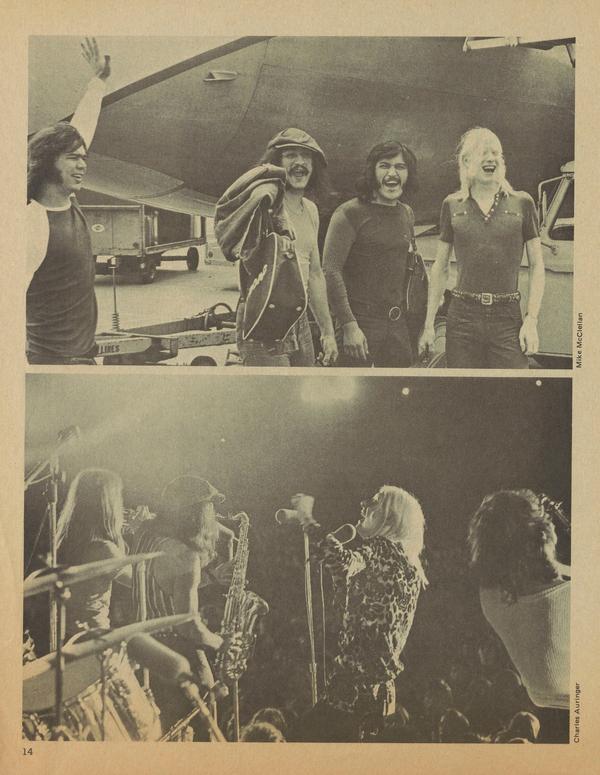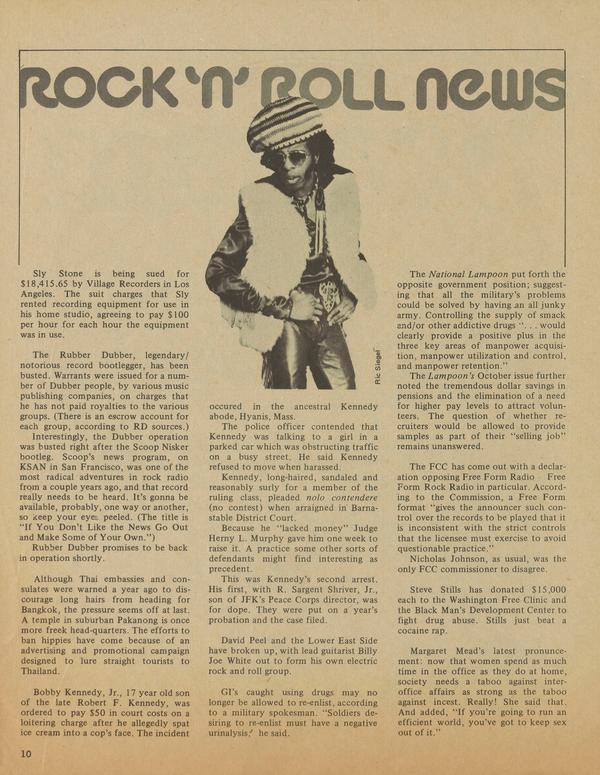Features
Do The Godz Speak Esperanto?
Someday, someone should write a definitive story about the history of ESP records.


Someday, someone should write a definitive story about the history of ESP records, because they are surely one of the strangest companies (and much of their product among the most elusive) in history. Their records (some of them, anyway) are packaged with all the sturdy solemnity of Folkways library collections, and the cover art has generally been either bizarrely imaginative or unbelievably shoddy. Since 1964, they’ve introduced such contemporary titans as Pharoah Sanders, Albert Ayler and Gato Barbieri, as well as providing important releases by sometimes elusive musicians of stature like Steve Lacy, Bud Powell, Paul Bley, releasing Ornette Coleman’s classic 1962 Town Hall concert, bringing Sun Ra back to us after far too long, and coming up with some of the most off-the-wall items in recording history. Like William Burroughs’ stunning readings from Naked Lunch and Nova Express, a musical adaptation of Finnegan’s Wake, Patty Waters’ pre-Yoko album of 16 minute shrieks based on “Black Is the Color of My True Love’s Hair”, and the East Village Other Electric Newspaper — a sloppy, rather cynical “collage” of the radio broadcast of LBJ’s daughter’s wedding, Ishmael Reed reading from The Free Lance Pallbearers, songs by Tuli Kupferberg and Steve Weber of Fugs and Holy Modal Rounders (“If I Had Half A Mind”, which is one of the great all-time obscure rock croak masterpieces), some good jazz by Marion Brown and fascinating “Noise” by the early Velvet Underground (both of them cut criminally short), a witless smattering of camp gossip by Warhol acolytes Ingrid Superstar and Gerard Malanga (“I could turn Steve Reeves on — just like that,” bragged Ingrid, snapping her fingers), an interminable and equally witless “Interview with Hairy” by Ed Sanders and Ken Weaver pushing their Play boy/locker room humor much too far, and Allen Ginsberg and Peter Orlovsky chanting mantras even more interminably though equally as boring. Also, a liner listing of “SILENCE by Andy Warhol, copyright 1932”, which must refer to the empty bands leading you in and out of each side. The strong temptation is to call Warhol’s spot the highlight of* the record, but it does have Brown and the Velvets, which was why I bought it. Unfortunately, however, they only got to play for about a minute apiece, and the blaring radio broadcast of Luci’s wedding which runs through the whole record all but drowns them out. Not only that, but it’s set stereo center, so you can’t turn out one speaker to fully absorb that brief moment of primal Velvet. Still, you’ve got to admit that it’s a one-of-a-kind item, and I’ll probably keep it forever. My kids might get a kick out of Luci’s wedding.
Another interesting ESP album is Nu Kantu En Esperanto (Sing Along in Esperanto). I don’t know how many people know this, or if anybody even cares anymore, but there was a brand-new language devised a few years ago by some incredible genius or maniac, based on several European tongues and phonics. He called it Esperanto, and a foundation was set up to promote its adoption worldwide as the new International Language, wiping out French, English, Swahili, all the others — and part of the rationale behind that proposal was somebody’s notion that this would be a way of promoting world peace by sort of manufacturing a Tower of Babel in reverse. If we all spoke the same language, perhaps then we could all get along, no more wars or exploitation, because then we would all understand each other! (I may be simplifying this a bit.) What all this has to do with ESP records is that for a long time, perhaps even today, they had some vague connection with the Esperanto foundation. Until a year or two ago, all ESP releases had a short message about prices and how to order by mail on the back, translated into Esperanto. But what’s the connection? Do Esperanto speakers dig Ayler and Gato, or even the Fugs and the Godz? Does their knowledge of the new International and so far all but useless Language attune them to the lofty realms where high-energy music soars and William Burroughs croaks out old Doc Benway’s lines with perfect snake-oil sonority? Or does Esperanto have some implicit connection with the emergent counter-culture, the Life Culture, whatever you want to call it? Will we all speak Esperanto after the Revolution and become true brothers and sisters at last and lay down the gun for good? It’s food for thought.







